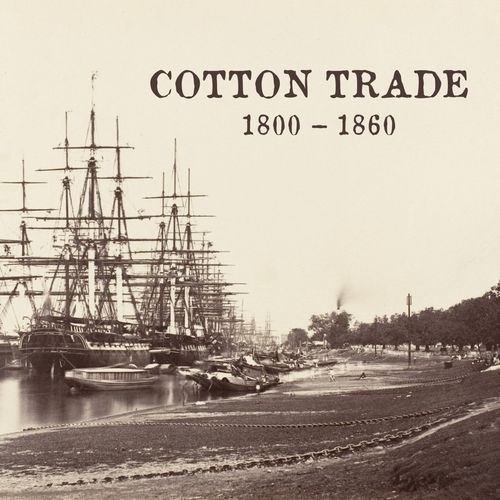|
Advertisement
|
Cotton Trade: 1800-1860

DescriptionIt is the early 19th century. The Industrial Revolution is underway, and the demand for cotton is soaring. As a British entrepreneur, you see an opportunity to profit from this booming market. You will send your ships all over the world in search of the best prices for cotton. Will you keep up with the expanding market and become the most successful merchant? The game is played over 9 rounds in 3 stages. At the start of each round, players compare the wealth of their companies to determine turn order. Then, they rent ships, send ships to regions where cotton is harvested, buy cotton, and return to the United Kingdom to sell cotton at a profit. At the end of each round, players pay a ship maintenance cost and clear the board for the next round. Players can also benefit from transporting passengers and exporting small amounts of goods from the United Kingdom. The game uses a deck of 24 ship cards with different properties, including maximum capacity. Cotton can be purchased from contract cards of different quantities and prices in four historical regions where cotton was harvested. Droughts and local wars can interrupt players' plans and, along with the order of cards being drawn from the decks, are the main random factor of the game. Ships are rented when only limited information about cotton harvests is available, adding to the difficulty of managing trading companies. Players can sell shares of their company to obtain additional funding, but they are required to repurchase all of their assets at the end of the game. There are no victory points in this game. The player who owns the wealthiest company at the end wins. Relative cotton prices and amounts of cotton harvested in different regions were based on real-world economic data. In order to simulate the exponential growth of the market, the game rescales itself between stages. This allows players to keep up with the cotton boom without having to handle large amounts of coins and tokens. Advanced game rules introduce the possibility of buying other players' shares, among other options. This way, players can invest in and profit from their competitors' success. —description from the designer Game DiscussionsAdd CommentYou need to be logged in to comment. Insert Bullet List Please enter at least one item. Item: Item: Item: Item: Item: Insert Numeric List Please enter at least one item. Item: Item: Item: Item: Item: Insert Link Please enter the link of the website Optionally you can add display text Insert Email Please enter the email address Optionally add any display text Insert Image Please enter the link of the image Insert YouTube Video Please enter the link of the video Marketplace | ||||

Comments (0)